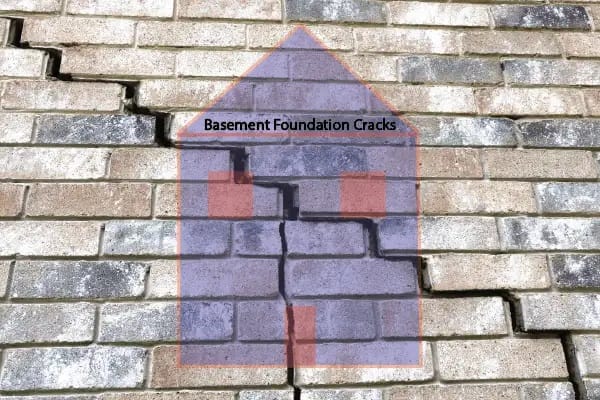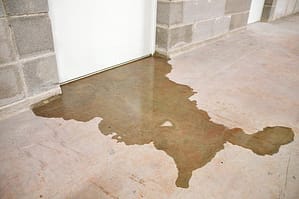Best Basement Waterproofing Fundamentals Explained
Best Basement Waterproofing Fundamentals Explained
Blog Article
The Ultimate Guide To Best Basement Waterproofing
Table of ContentsThe 8-Minute Rule for Best Basement WaterproofingAll About Best Basement WaterproofingThings about Best Basement WaterproofingThe Definitive Guide to Best Basement WaterproofingAn Unbiased View of Best Basement Waterproofing
uses excavation techniques towards all-time low of the framework's foundation. includes eliminating dampness after it has entered the basement. AdvantaClean's qualified specialists and service technicians will locate the water resource. If wall or slab fractures exist, we will infuse polyurethane and epoxies right into the cracks and secure the compromise, protecting against additional dampness from getting in.Correct rating around the home to direct dampness away from the framework. Putting up, repairing, or cleaning rain gutters and downspouts. Interior or external waterproofing with filler, sealant, and/or waterproof paint. Setting up basement air flow systems, conditioning systems, or basement dehumidifier systems to obtain water out of your cellar. Picking AdvantaClean's cellar waterproofing solutions is an effective method to treat dampness and stop mold and mildew from jeopardizing the structure of your home and the health of your household.
If there's condensation on the exterior of the aluminum foil, you have high moisture in your cellar. If the foil has condensation on the inside surface area (following to the wall), the soil around your house may be normally damp from a high water table or inadequate soil water drainage.
You can waterproof simply your indoor walls, which may address the trouble. Or you can waterproof your outside wall surfaces, which is a better wager yet even more costly. Below's the scoop on the various kinds: These thick finishes are cement-like. Once they dry out, they adhere permanently to concrete and masonry walls.
9 Simple Techniques For Best Basement Waterproofing
Concrete waterproof layers can't be applied to formerly repainted surfaces; examine the label. Understood as densifiers, they are appropriate only for walls that haven't been repainted or sealed.
You clean, roll, or spray it on much even more thickly one gallon covers just 75 square feet, not the 300 square feet common with common paint. Water resistant paint is fine for DIY application. You can apply it over painted surface areas, and paint over it once it's treated (one gallon costs $37).
It can cost $10,000 to $15,000, depending on the work required (Best Basement Waterproofing). Exterior waterproofing involves digging deep into all around the residence to the full depth of the structure wall surfaces, after that setting up a water-proof covering or membrane covered by drainage panels.
Some Known Questions About Best Basement Waterproofing.
A basement without waterproofing is kind of like that. Your basement does not want to go with a rainstorm without proper defense just as much as you don't want to.

Exterior waterproofing is a waterproofing approach that entails securing your home from the exterior. The foundation linked here wall surfaces are then cleaned up, sealed, and covered with a water resistant membrane layer or sealer.

The Main Principles Of Best Basement Waterproofing
It's an extra involved procedure that calls for excavating up your lawn, which is expensive and time-consuming. Outside waterproofing involves getting rid of everything surrounding the home, including porches, driveways, pathways, landscape design, air conditioner devices, decks, and more. If any of the work was done incorrectly and water is still entering your cellar, there isn't much you can do to deal with or repair it.
Inside basement waterproofing entails waterproofing from the within. Any kind of water that leaks into your why not try this out cellar is rerouted before it touches your floor. It's kind of like using a raincoat under your garments. It involves two points: a water drain track and a sump pump. It functions by sealing the within your cellar wall surfaces and floors so water that tries to get in is channeled out through a sump pump.
It's an efficient method to water-proof your basement. The downside of indoor cellar waterproofing mostly has to do with the setup process.
4 Simple Techniques For Best Basement Waterproofing
Finally, outside and interior cellar waterproofing are both efficient methods of shielding your home from water damage. Exterior waterproofing creates an obstacle that stops water from entering your home, while indoor waterproofing redirects water that does enter your home. And it is necessary to keep in mind that outside waterproofing is a pricey and disruptive installation procedure when contrasted to indoor waterproofing.
Whichever approach you select, make sure you pick a trusted and credible specialist for the job. Both approaches need knowledgeable employees to manage the work. If you have any kind of questions about cellar waterproofing, please connect to us. And if you're in our solution location and have water in your cellar, contact us for a cost-free, no-obligation home evaluation.
You can submit our type here. Best Basement Waterproofing, begin a chat in the lower right-hand corner, or call us at 1-800-827-0702
Report this page